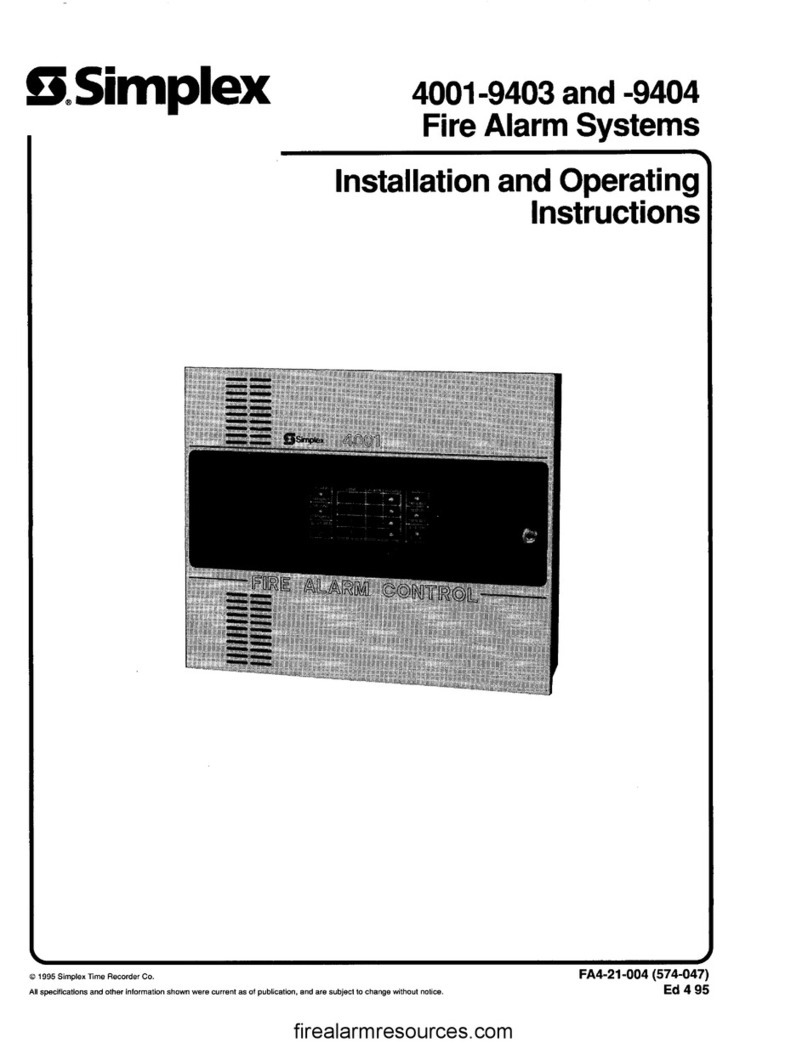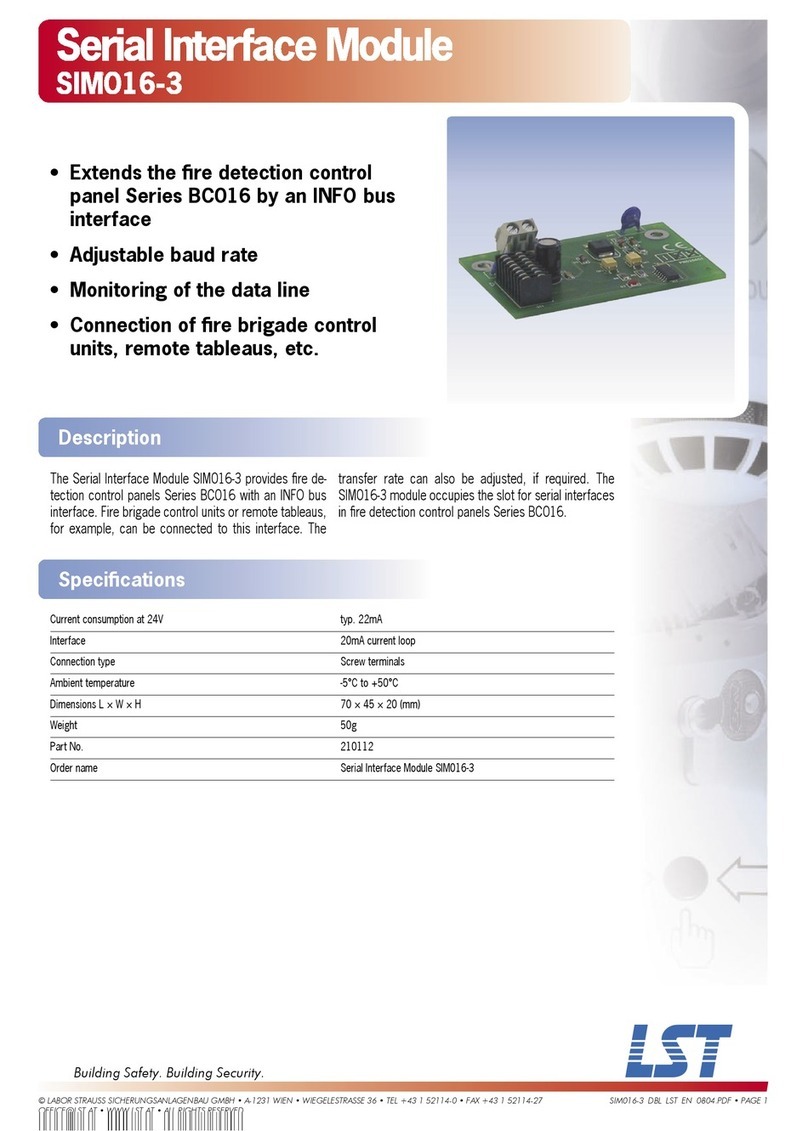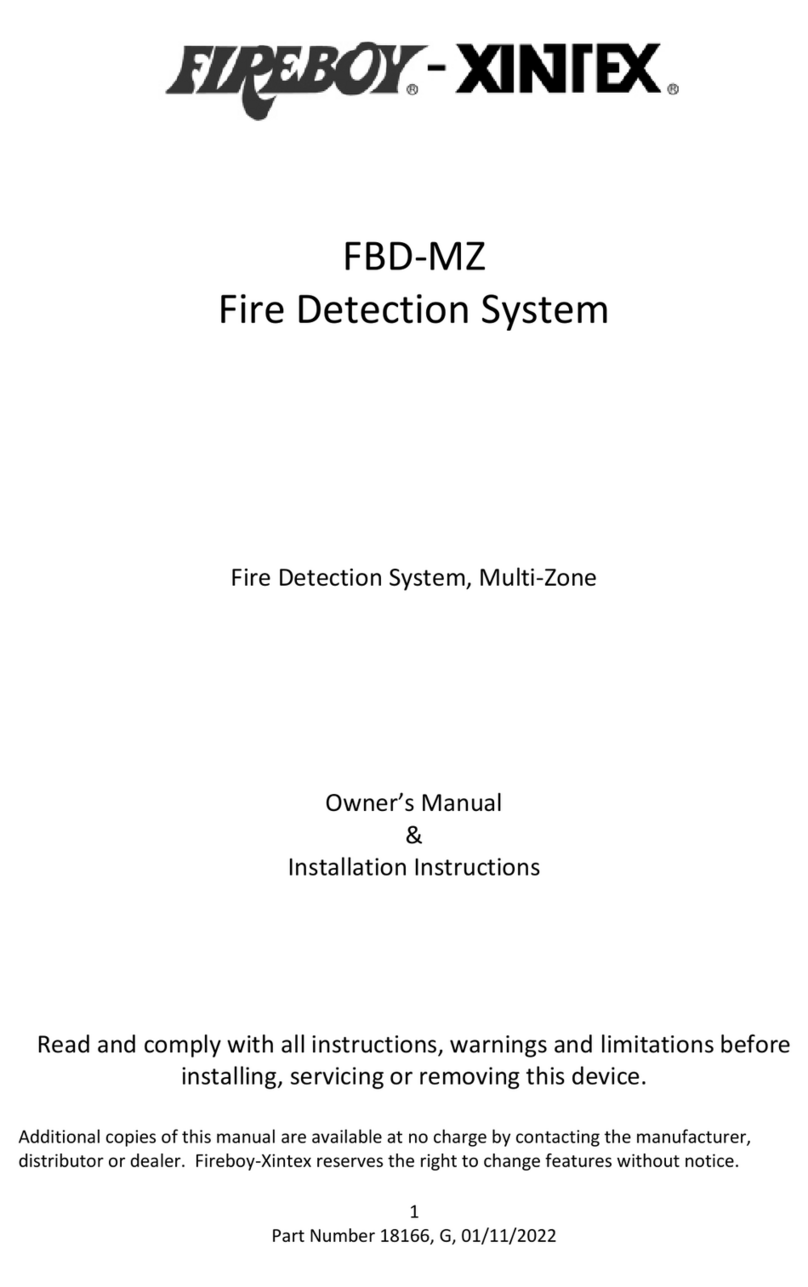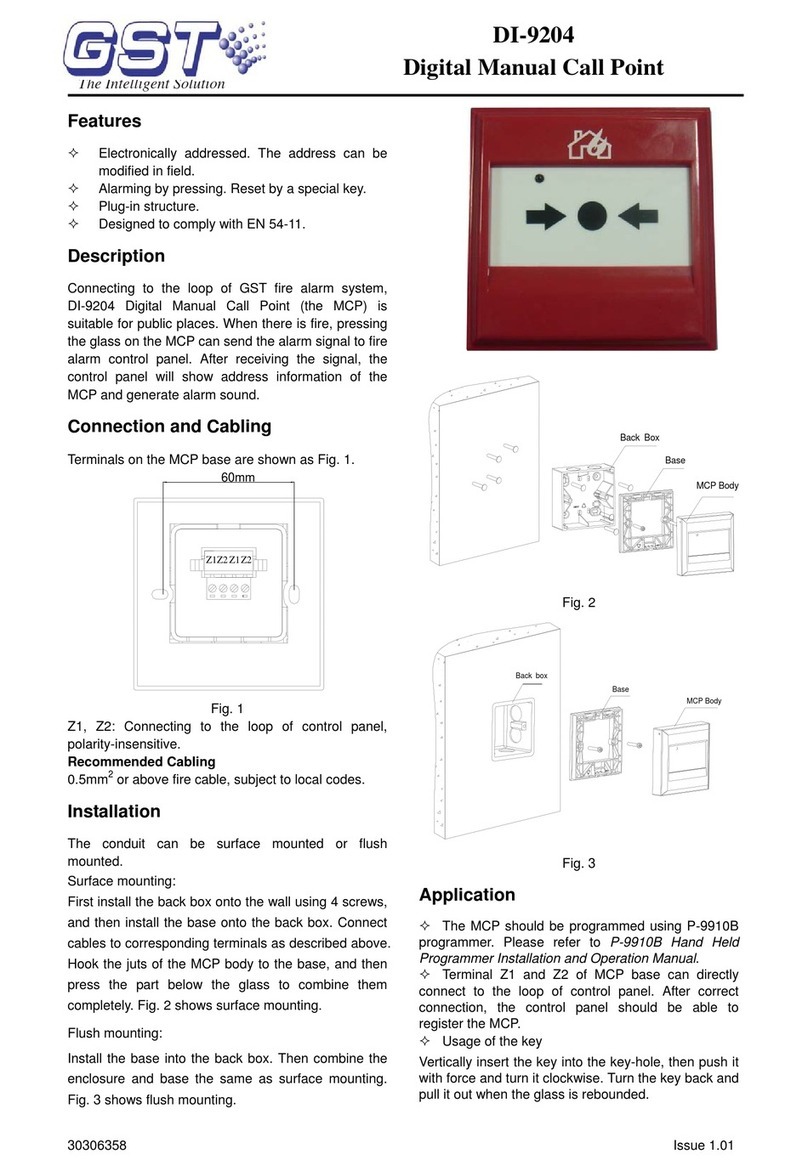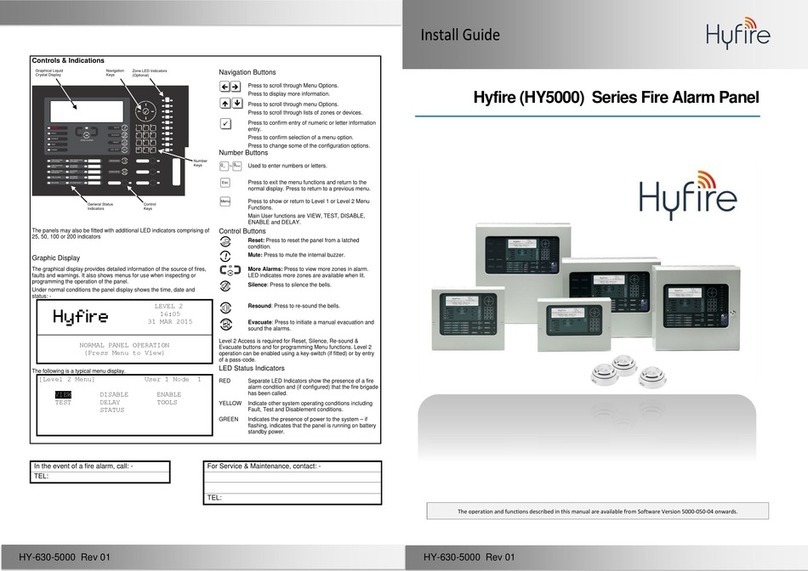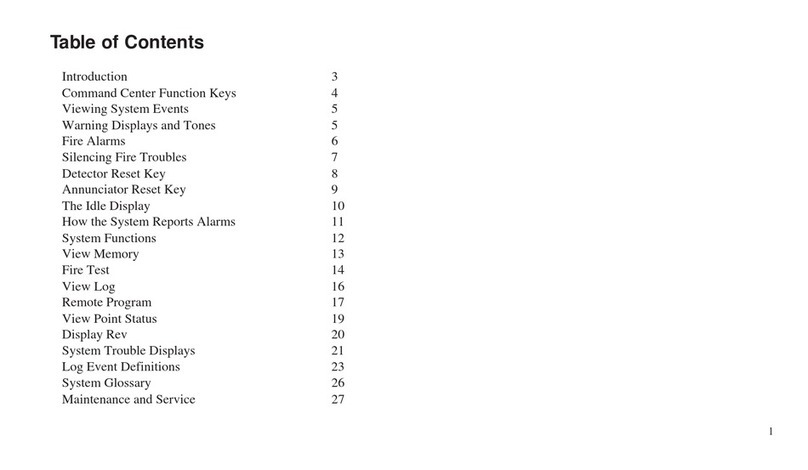Simplex SafeLINC 4020 Quick guide
Other Simplex Fire Alarm manuals

Simplex
Simplex SafeLINC 4100 User manual

Simplex
Simplex 4099-9032 User manual

Simplex
Simplex 4098 Instructions for use

Simplex
Simplex 4002 Life Alarm Operating instructions

Simplex
Simplex 4007-9101 User manual
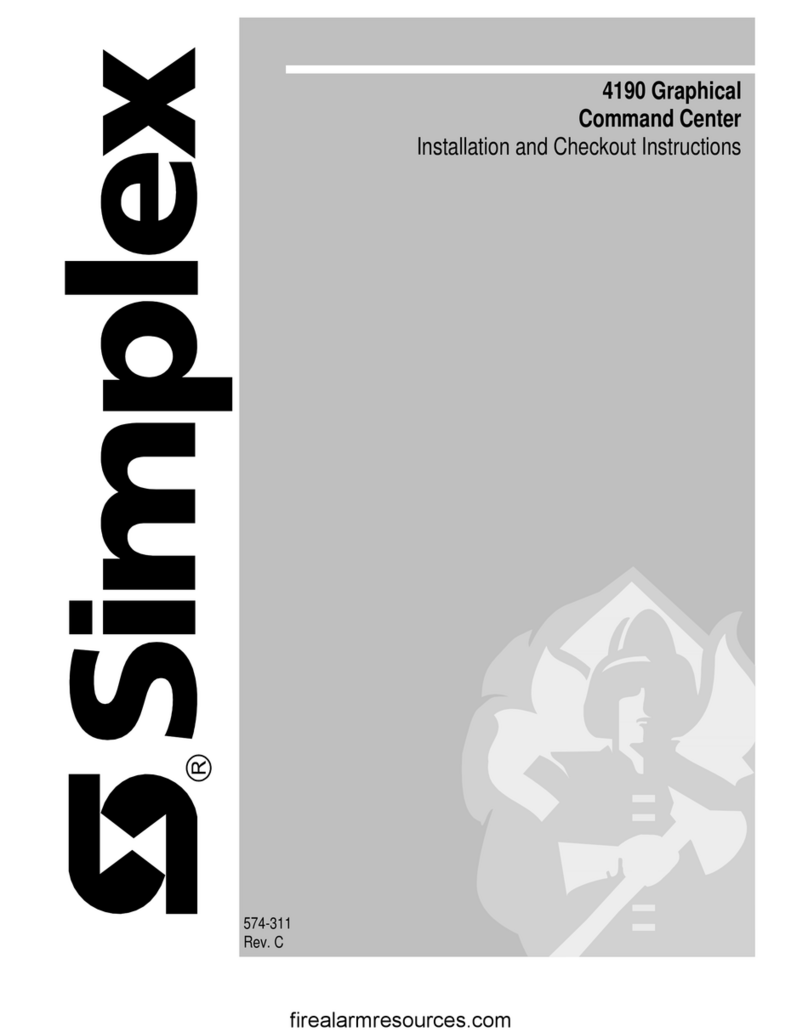
Simplex
Simplex 4190 User manual
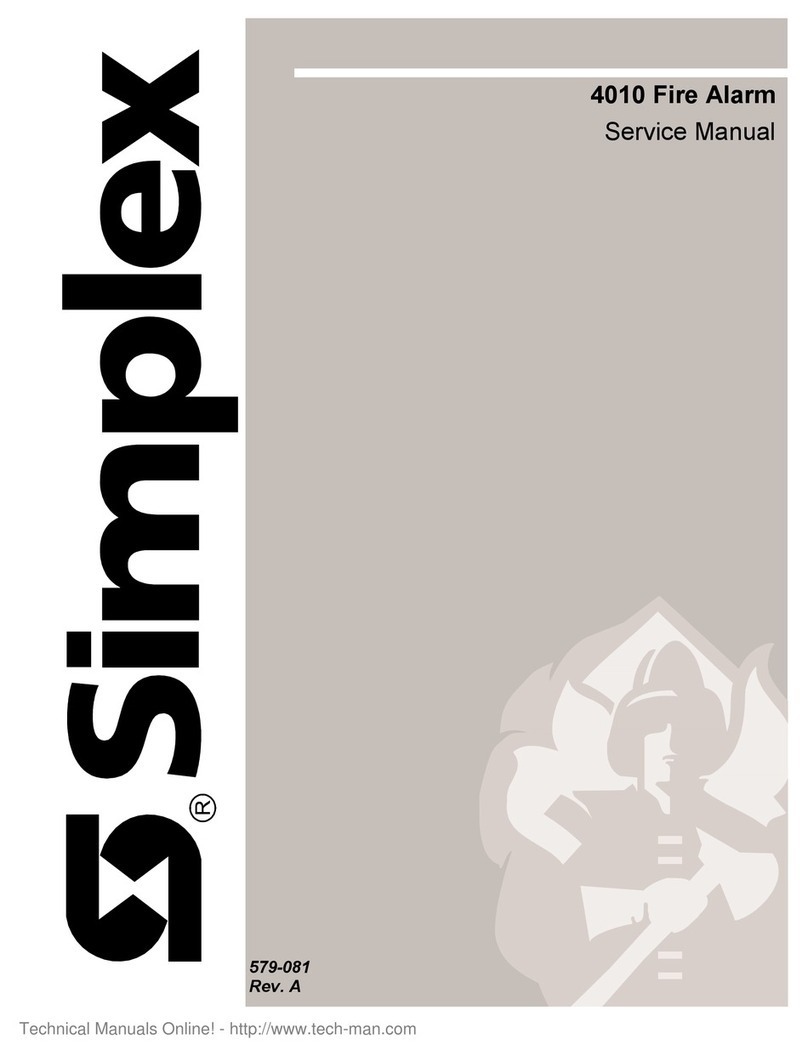
Simplex
Simplex 4010 User manual

Simplex
Simplex MINIPLEX 4100ES Series User manual

Simplex
Simplex TrueAlarm 4008-9101 User manual
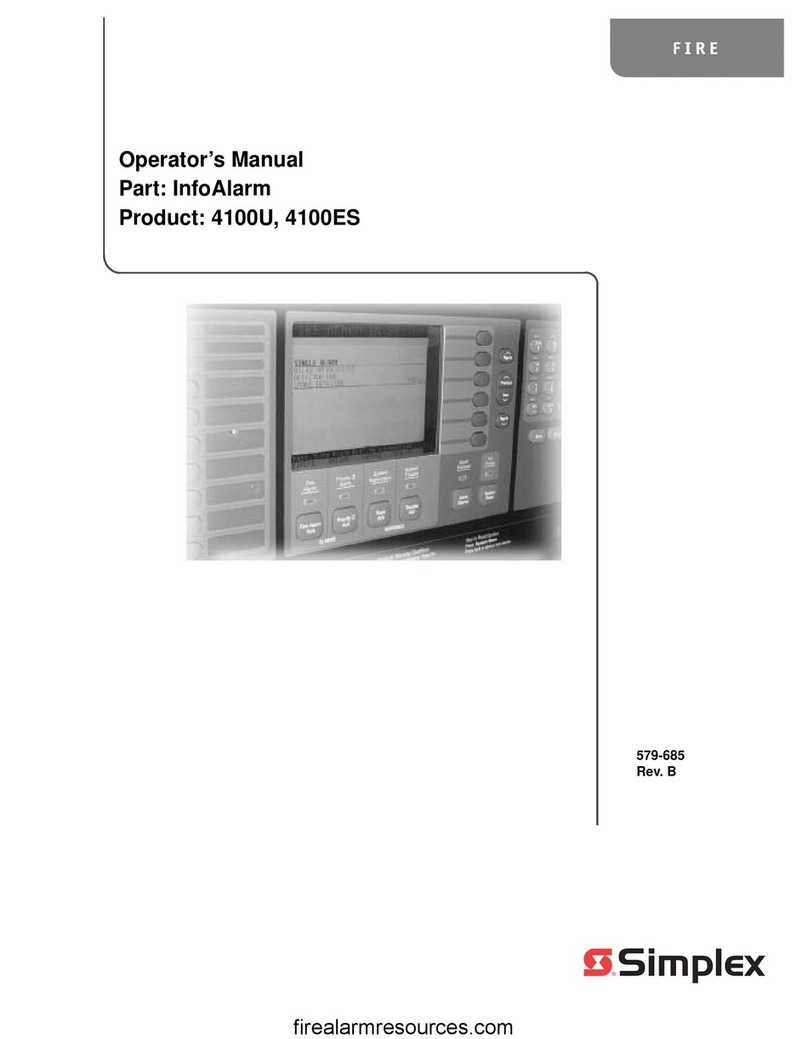
Simplex
Simplex InfoAlarm 4100U User manual
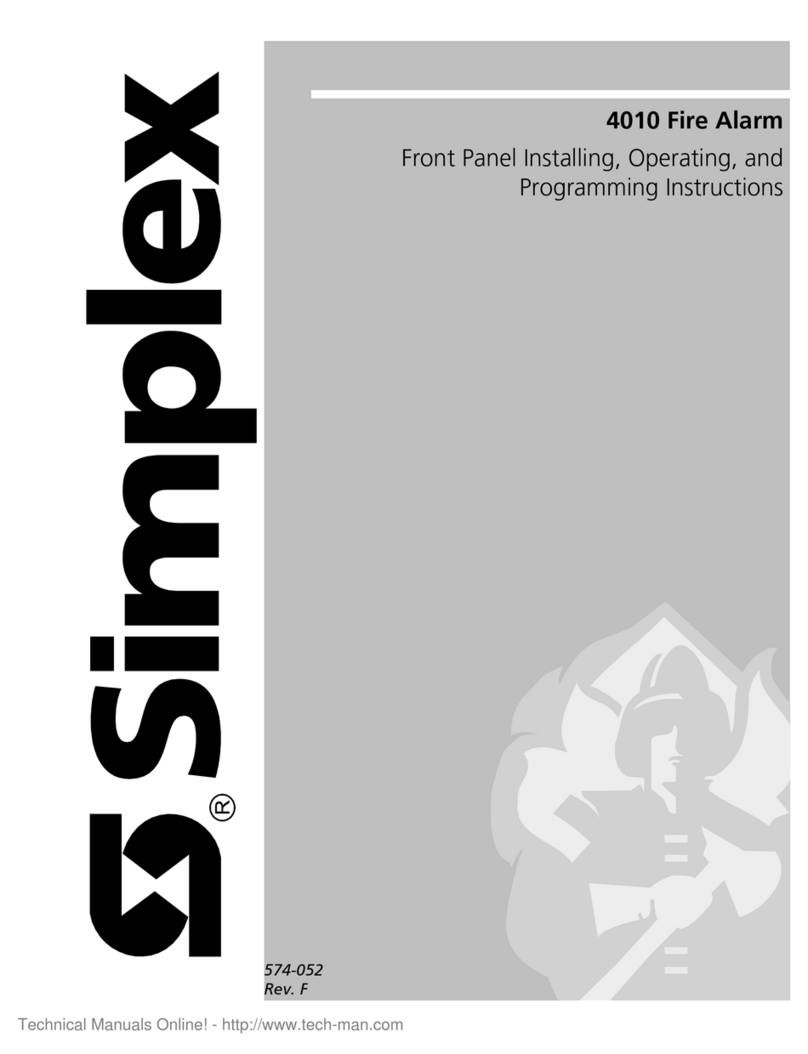
Simplex
Simplex 4010 Instruction Manual
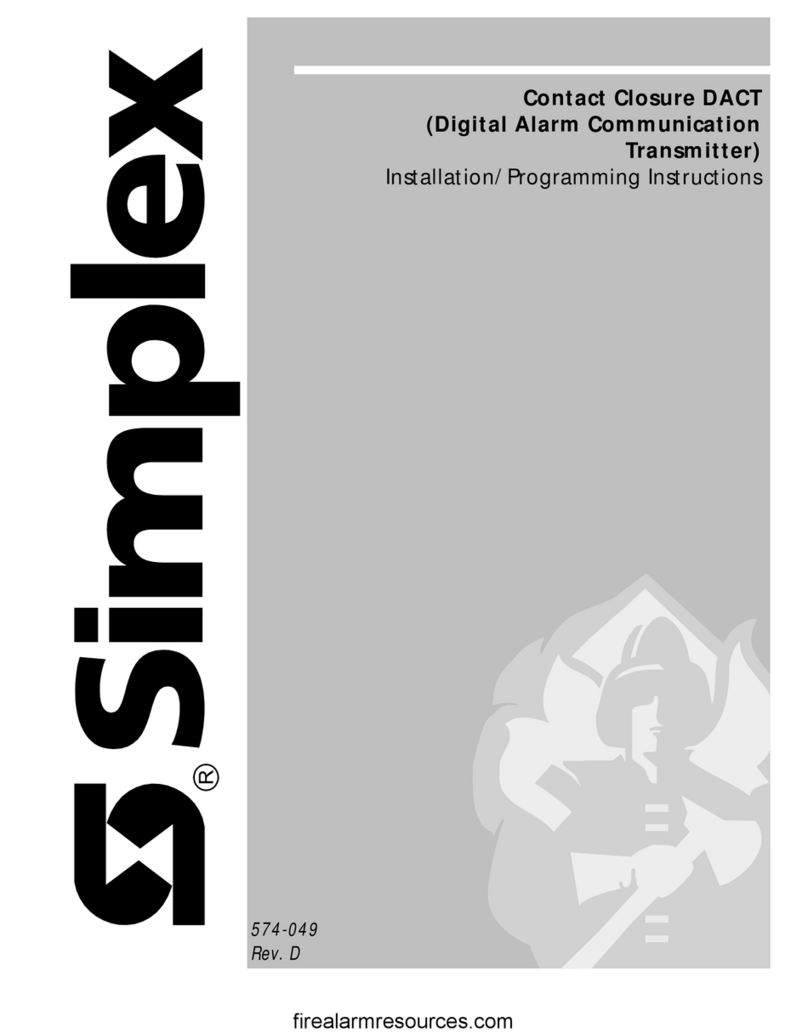
Simplex
Simplex Contact Closure DACT Technical specifications

Simplex
Simplex SafeLINC 4100U Maintenance and service guide

Simplex
Simplex 4100ESi User manual

Simplex
Simplex 4606-9102 User manual

Simplex
Simplex 4007ES Panels Guide
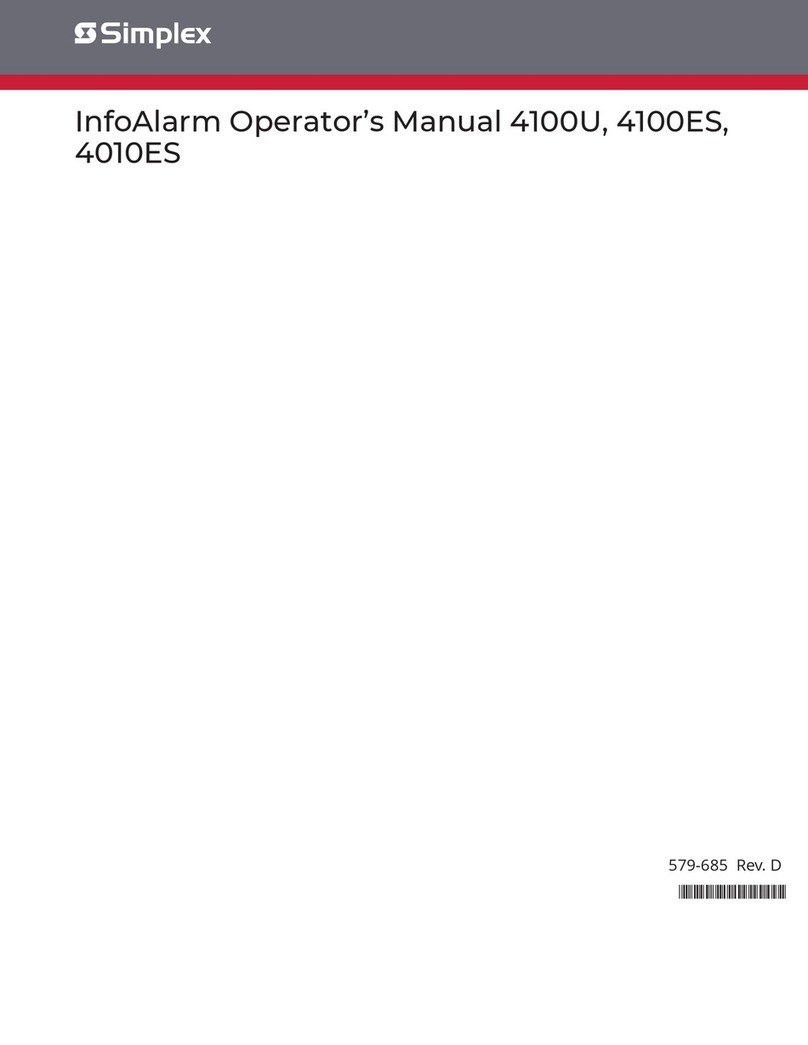
Simplex
Simplex InfoAlarm 4100U User manual

Simplex
Simplex SafeLINC 4020 User manual

Simplex
Simplex 4090-9001 User manual
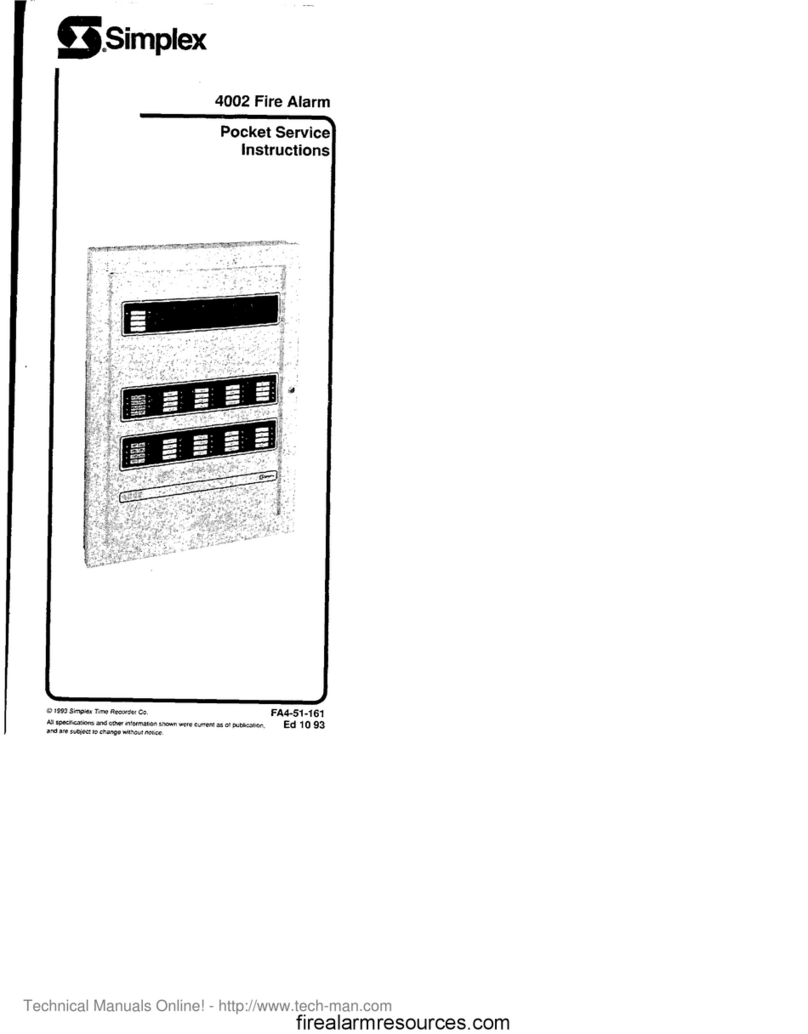
Simplex
Simplex 4002 User manual
Popular Fire Alarm manuals by other brands

Global Fire Equipment
Global Fire Equipment VALKYRIE AS manual
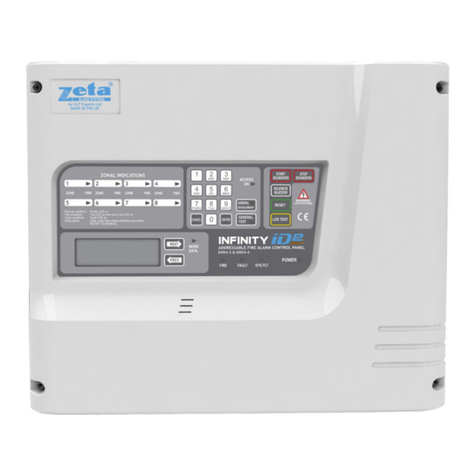
Zeta Alarm Systems
Zeta Alarm Systems INFINITY ID2 installation manual
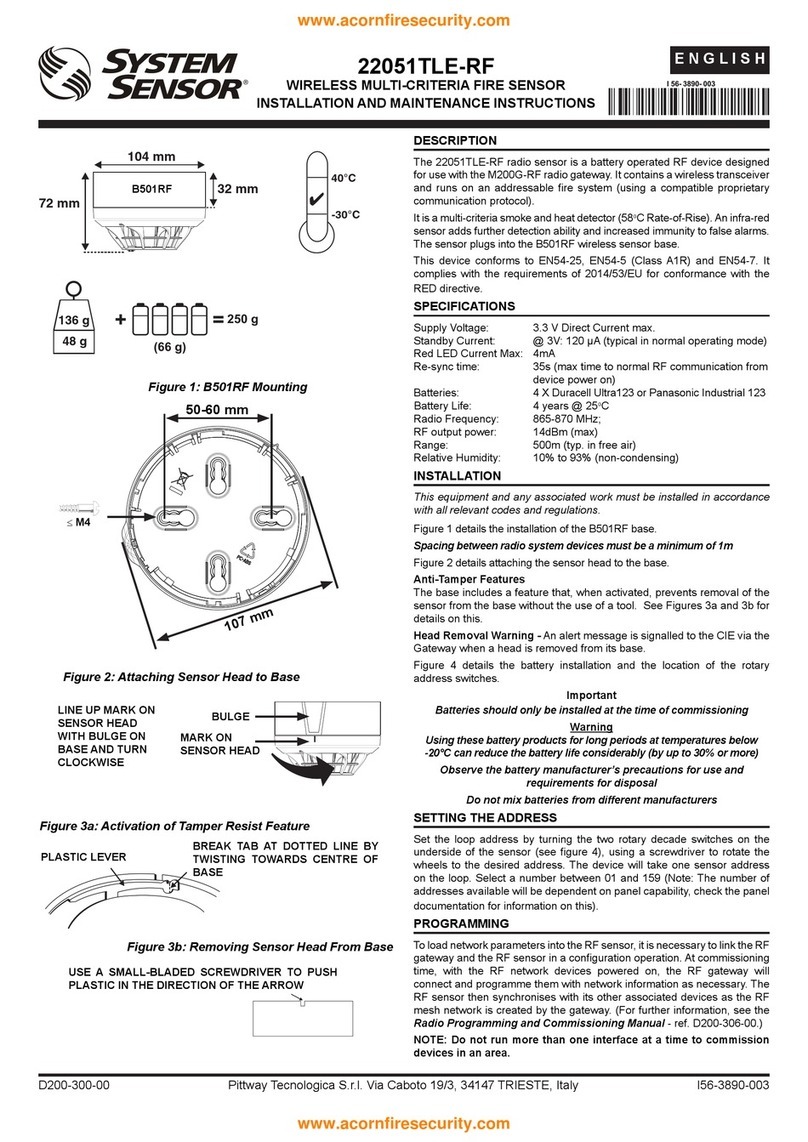
System Sensor
System Sensor 22051TLE-RF-26 Installation and maintenance instructions
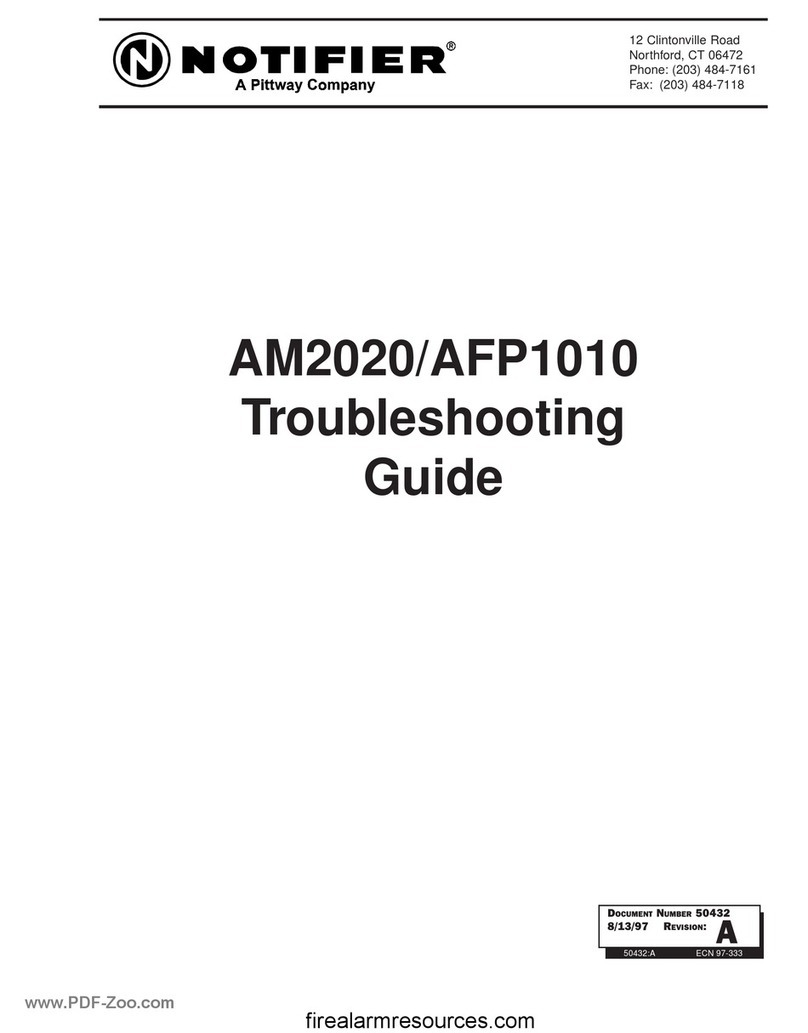
Pittway
Pittway Notifier AM2020 troubleshooting guide

Ampac
Ampac ZoneSense user manual
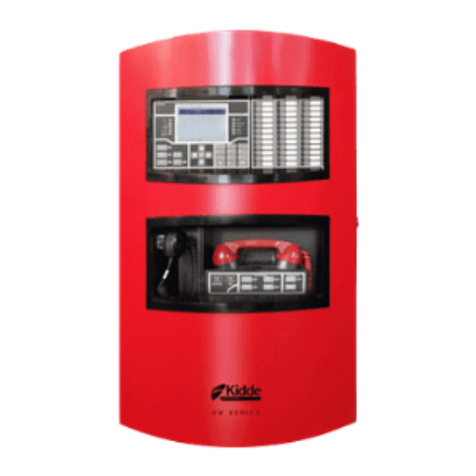
Kidde
Kidde VM-1 Technical reference manual

UniPOS
UniPOS FD 7120 instruction manual
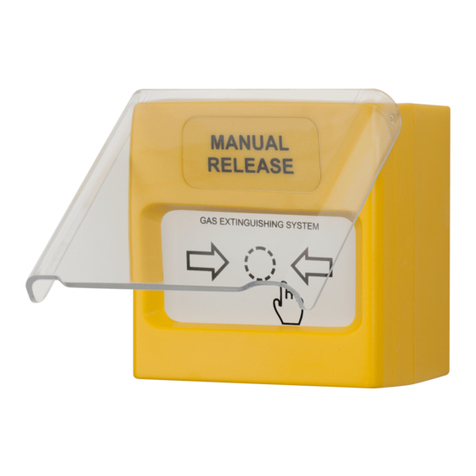
Teletek electronics
Teletek electronics SensoMAG MRB50 installation instructions
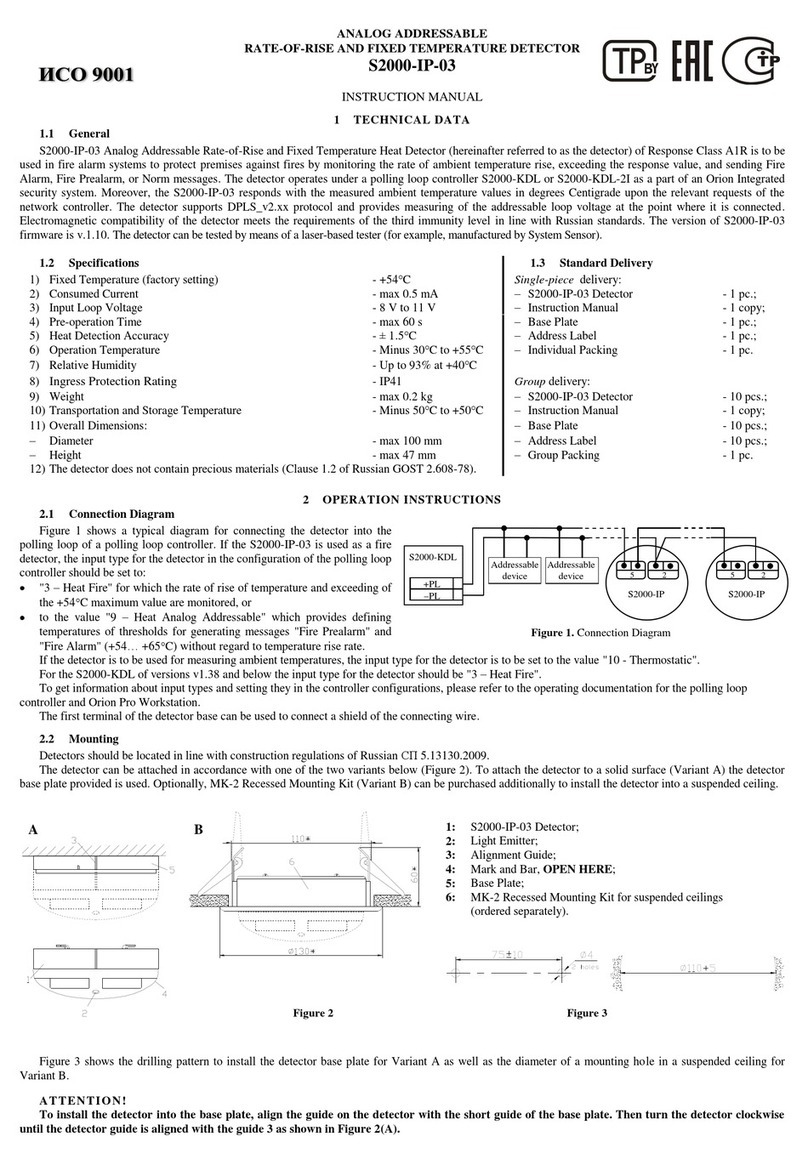
bolid
bolid S2000-IP-03 instruction manual
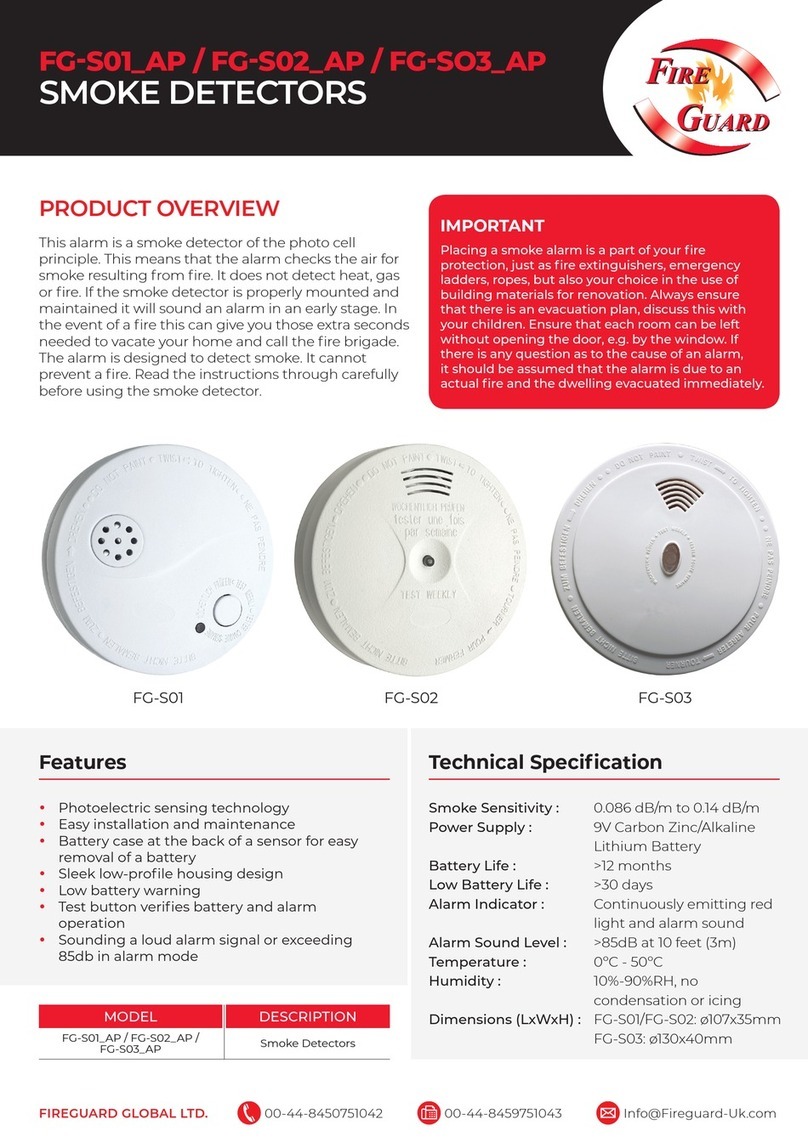
FIREGUARD GLOBAL
FIREGUARD GLOBAL FG-S01_AP quick start guide
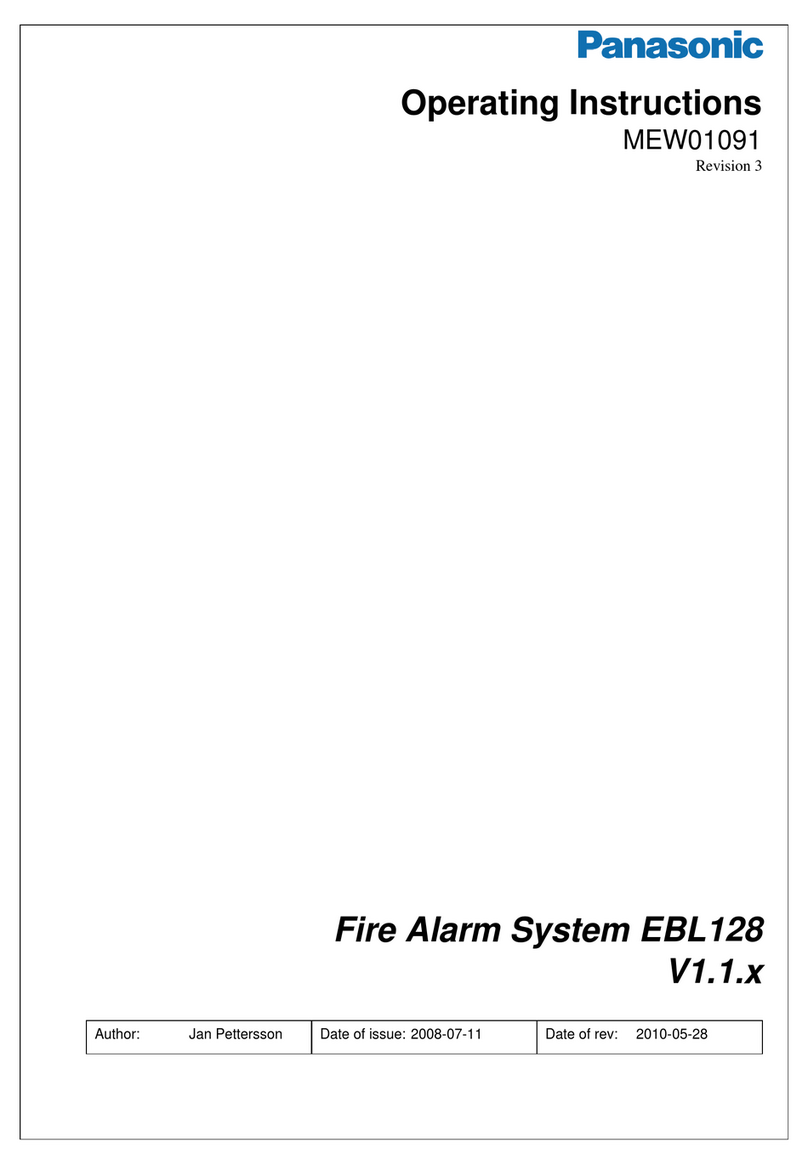
Panasonic
Panasonic MEW01091 operating instructions
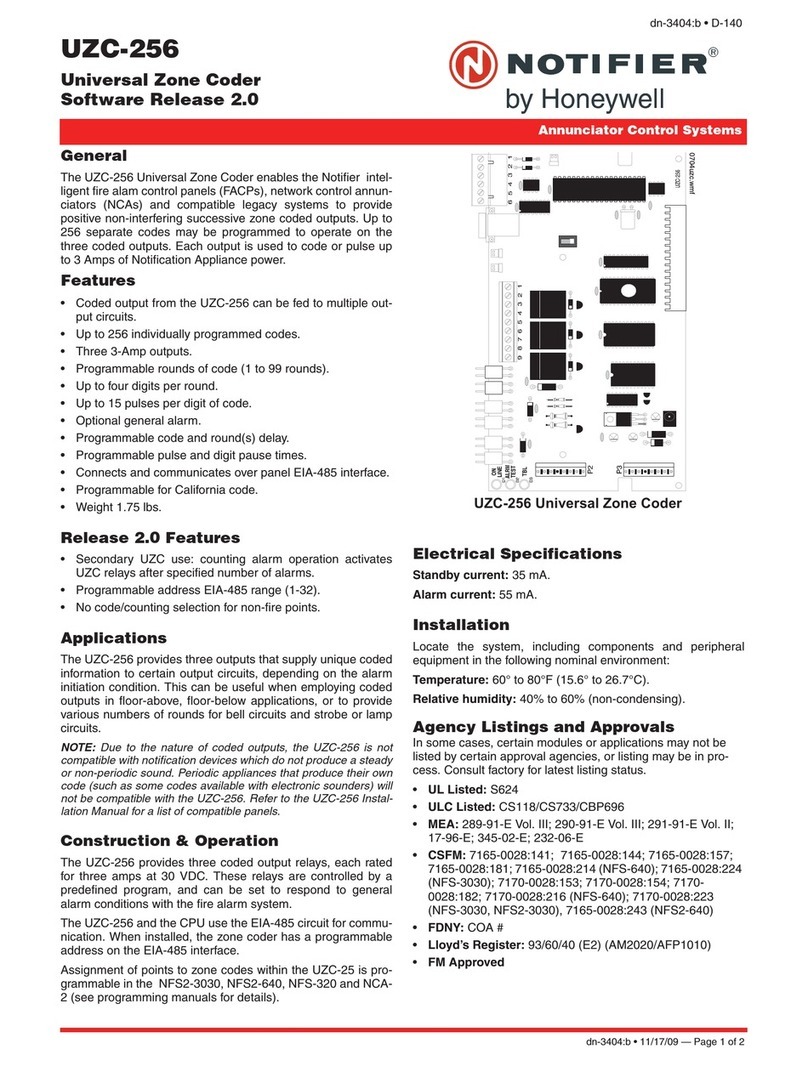
Notifier
Notifier UZC-256 installation manual

